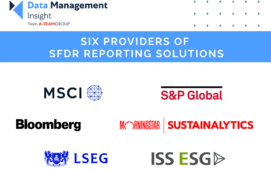The deadline for MiFID II compliance has been delayed to January 2018, but it remains tight with firms continuing to implement projects that satisfy the directive’s rules on issues including regulated trading platforms, algo testing, high frequency trading and surveillance.
There is also work to be done on record-keeping, voice recording, and trade reconstruction. And there are new definitions and rules around systemic internalises, best execution, enhanced quality, format and consolidation of market data, time-stamping of transactions, a double volume cap aimed at limiting the use of dark pools and use of a negotiated trade waiver.
For many trading firms, MiFID II is a monster that is difficult to manage. Despite the publication of Level I legal texts for MiFID II and Markets in Financial Instruments Regulation (MiFIR) in June 2014, the late publication of Regulatory and Implementing Technical Standards by the European Securities and Markets Authority (ESMA) caused uncertainty around MiFID II implementation and, for some firms, a reluctance to invest in projects.
This problem was partially resolved in September 2015 when ESMA produced a final report on Regulatory Technical Standards (RTS) and Implementing Technical Standards (ITS), although many standards have continued to shuttle between ESMA and the European Commission before being agreed. That said, Level 2 measures, essentially binding technical standards, and Level 3 measures, guidelines and recommendations, should be finalised soon, giving firms clarity and a firmer foundation on which to implement MiFID II.
It’s been a tough journey and it isn’t over yet, so what sort of progress are firms making, how are they tackling the challenges presented by MiFID II implementation and what approaches are they taking to compliance?
Subscribe to our newsletter




